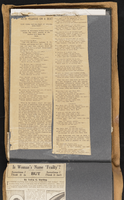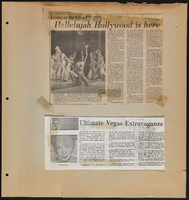Search the Special Collections and Archives Portal
Search Results
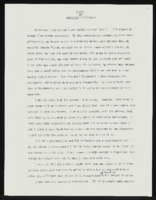
"Anger": article draft by Roosevelt Fitzgerald
Date
Archival Collection
Description
From the Roosevelt Fitzgerald Professional Papers (MS-01082) -- Drafts for the Las Vegas Sentinel Voice file. On Pat Buchannan, Crossfire and Rodney King.
Text
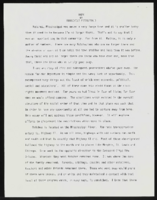
"Hark": article draft by Roosevelt Fitzgerald
Date
Archival Collection
Description
From the Roosevelt Fitzgerald Professional Papers (MS-01082) -- Drafts for the Las Vegas Sentinel Voice file. The author's memories of Natchez, Mississippi Christmas decades past.
Text
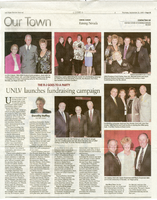
"UNLV launches fundraising campaign" Las Vegas Review-Journal article
Date
Archival Collection
Description
September 22, 2005 tear sheet from the Las Vegas review-Journal covering a UNLV capital campaign event. Jon Eric Cobain and his mother Ruth Cobain are pictured in the top left photo.
Mixed Content
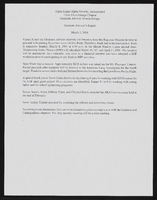
Alpha Kappa Alpha Sorority, Theta Theta Omega Chapter graduate advisor's reports
Date
Archival Collection
Description
From the Alpha Kappa Alpha Sorority, Incorporated, Theta Theta Omega Chapter Records (MS-01014) -- Chapter records file.
Text
Cassidy, Butch, 1866-
Robert Leroy Parker (1866-1908), also known as Butch Cassidy, was an American train and bank robber during the late 1800s. He was notorious for being the leader of the “Wild Bunch”, a gang of criminal outlaws in the Old West. Parker’s life and death has been a main element in many “Wild West” films and literature to this day.
Person

